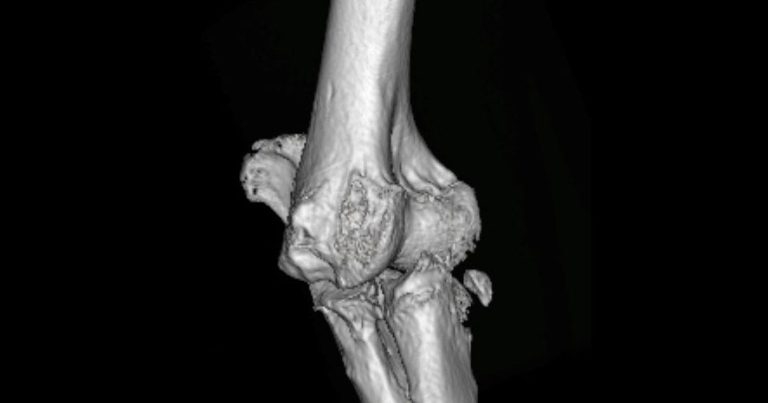20 Feb 2020
Five breeds had especially high risk of elbow joint disease compared with cross-breed dogs, according to largest study.

Researchers have completed the largest study of elbow disease in dogs attending first opinion veterinary practices in the UK.
The results have highlighted the breeds most at risk, to help owners be alert for the signs of the condition and seek veterinary treatment early.
Five breeds had especially high risk of elbow joint disease compared with cross-breed dogs:
The research – led by the RVC VetCompass programme – found elbow joint disease affects 0.6% of dogs under primary veterinary care, with more than 60% of these dogs affected in both elbows.
The most common presenting signs reported by owners were lameness (75.65%), difficulty exercising (19.97%) and pain (13.96%). Additionally, elbow joint disease contributed to the decision to euthanise for more than 40% of affected dogs that died during the study.
The findings, said VetCompass, highlighted elbow joint disease was a “relatively common diagnosis with a high impact on the quality of life of affected dogs”.
Among other key findings of the research:
